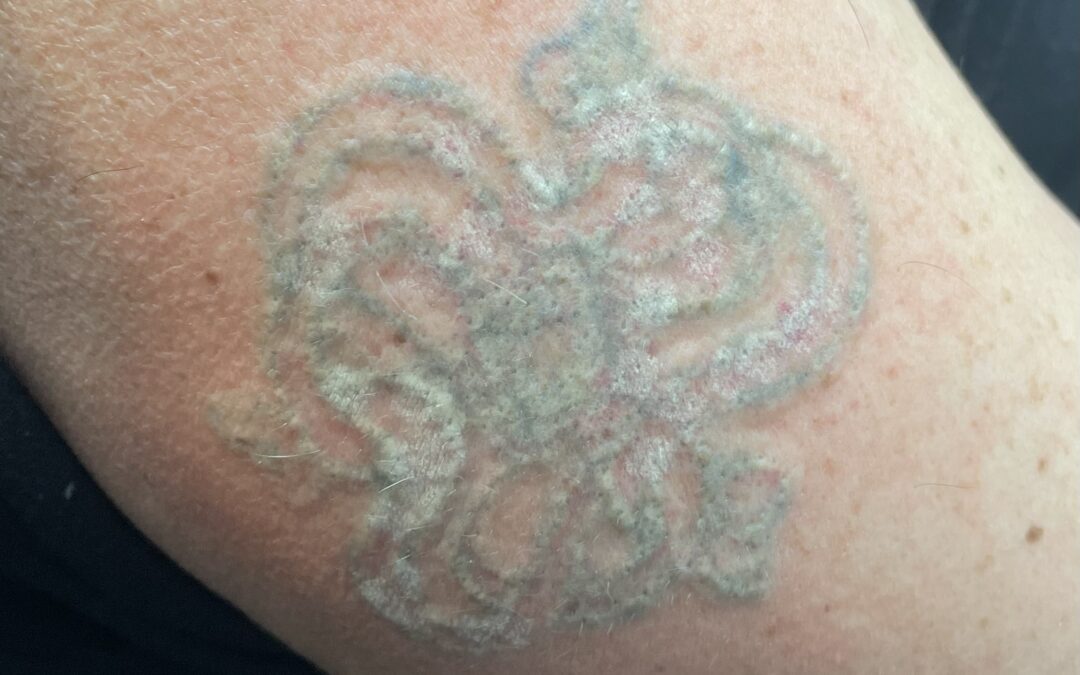When considering laser tattoo removal, it’s essential to understand how the tattoo’s location on your body can influence the effectiveness of the process. In this blog article, we’ll delve into how different areas respond to laser treatment, offering insights to help you anticipate what to expect based on where your tattoo is located.
1. Blood Circulation and Healing:
Areas with High Blood Flow: Tattoos situated in regions with robust blood circulation, such as the chest, arms, and neck, often respond more favorably to laser removal. Enhanced blood flow aids in swiftly flushing away the fragmented ink particles, potentially resulting in fewer treatment sessions.
Areas with Low Blood Flow: Conversely, tattoos in areas with limited blood circulation, such as the ankles, feet, and hands, may fade more gradually. Slower ink elimination due to reduced blood flow can prolong the overall removal process.
2. Skin Thickness and Texture:
Thin-Skinned Areas: Tattoos on areas with thinner skin, such as the wrists or neck, require delicate handling as the skin is more fragile and susceptible to reactions.
Thick-Skinned Areas: Conversely, regions with thicker skin, like the back or buttocks, may withstand laser treatment more resiliently but may still necessitate multiple sessions for complete removal.
3. Sensitivity to Pain and Discomfort:
Sensitive Regions: Tattoos on sensitive areas like the ribs, spine, or near joints may induce more discomfort during removal. These areas, closer to bone with less muscular or fatty padding, often result in a heightened sensation during laser treatment.
Less Sensitive Regions: Conversely, areas with more muscle or fat, such as the thighs or upper arms, generally experience less discomfort due to increased cushioning.
4. Impact on Removal Results:
Result Visibility: The fading of tattoos may be more noticeable and consistent in certain areas, while in others, the process could be gradual and less uniform.
Potential for Scarring and Skin Changes: Certain body parts may be more prone to scarring or pigmentation changes post-removal, requiring a cautious approach.
In Conclusion: The location of your tattoo significantly influences the laser removal process, impacting factors ranging from pain levels to the number of sessions required. Understanding these nuances can help manage expectations and prepare you for the journey ahead. Remember, seeking professional consultation is crucial for a successful and safe tattoo removal experience tailored to your individual needs and circumstances.
